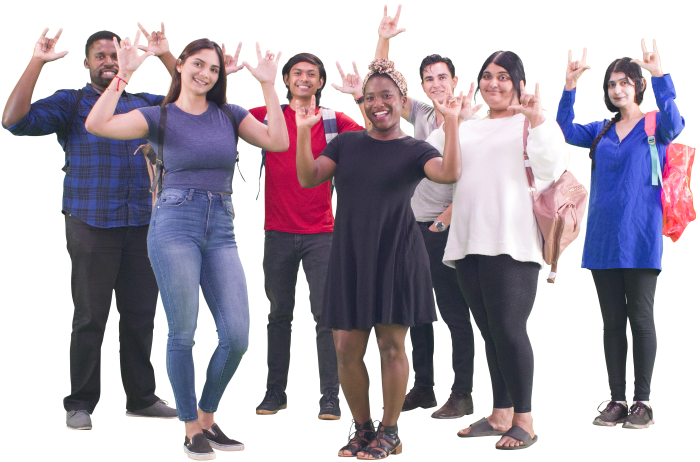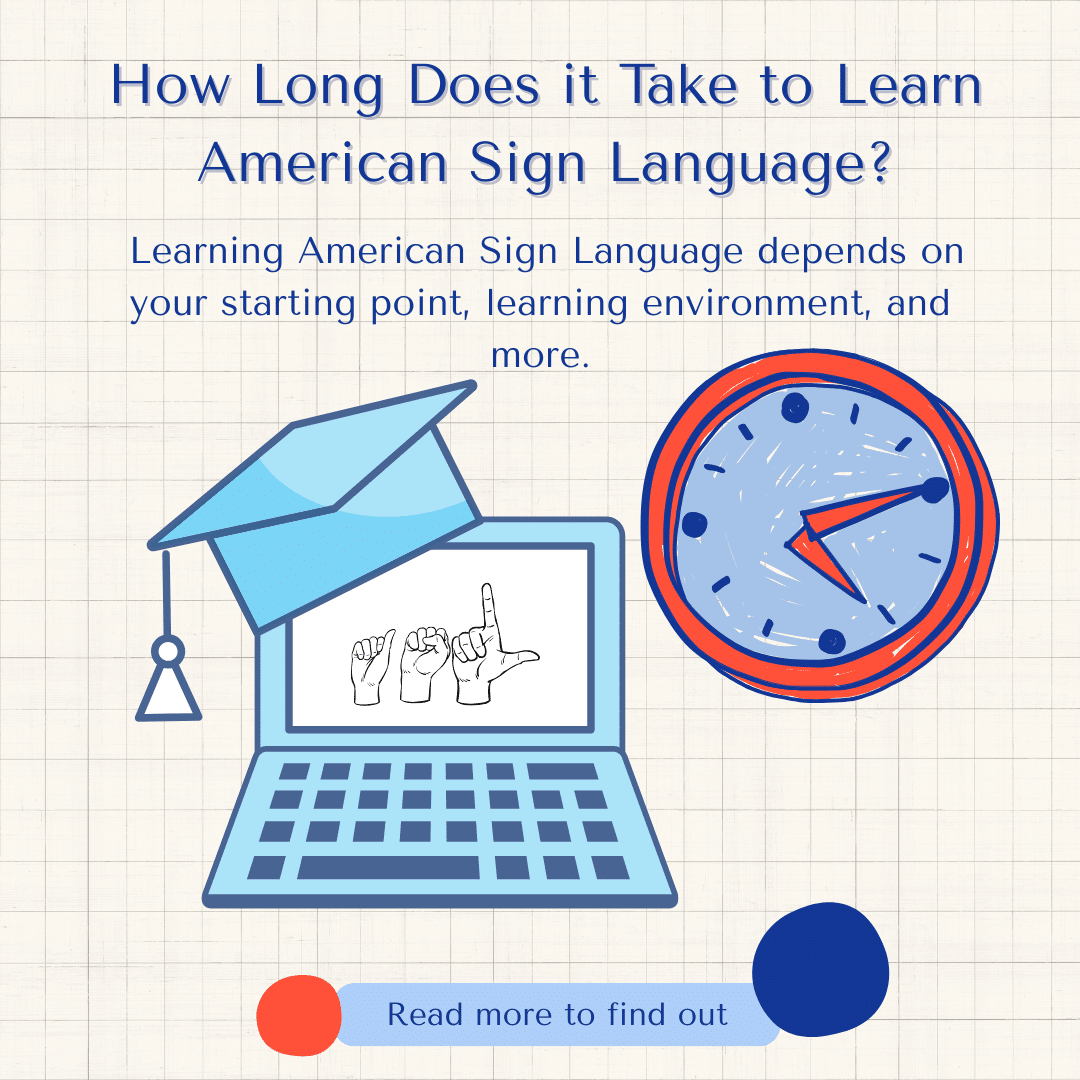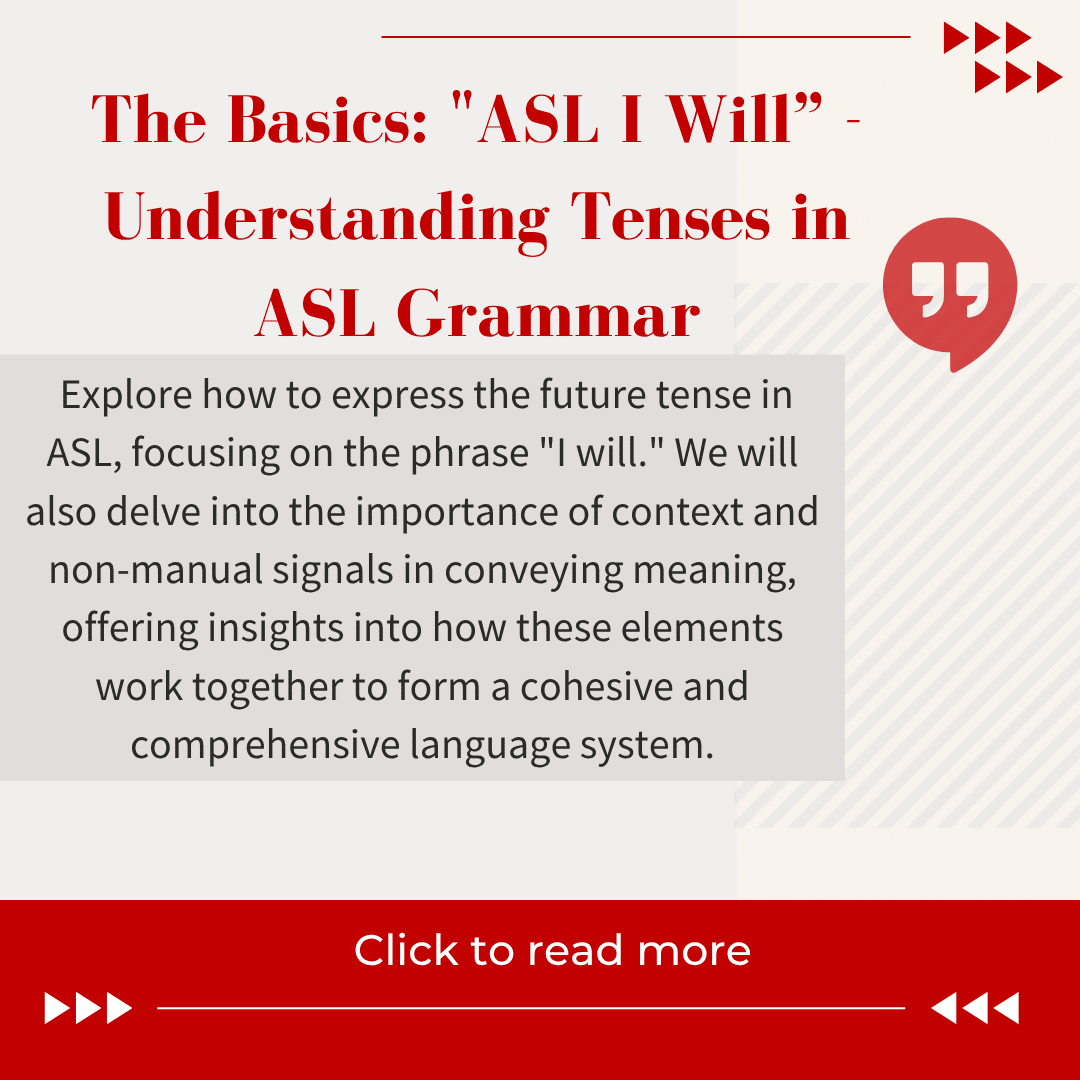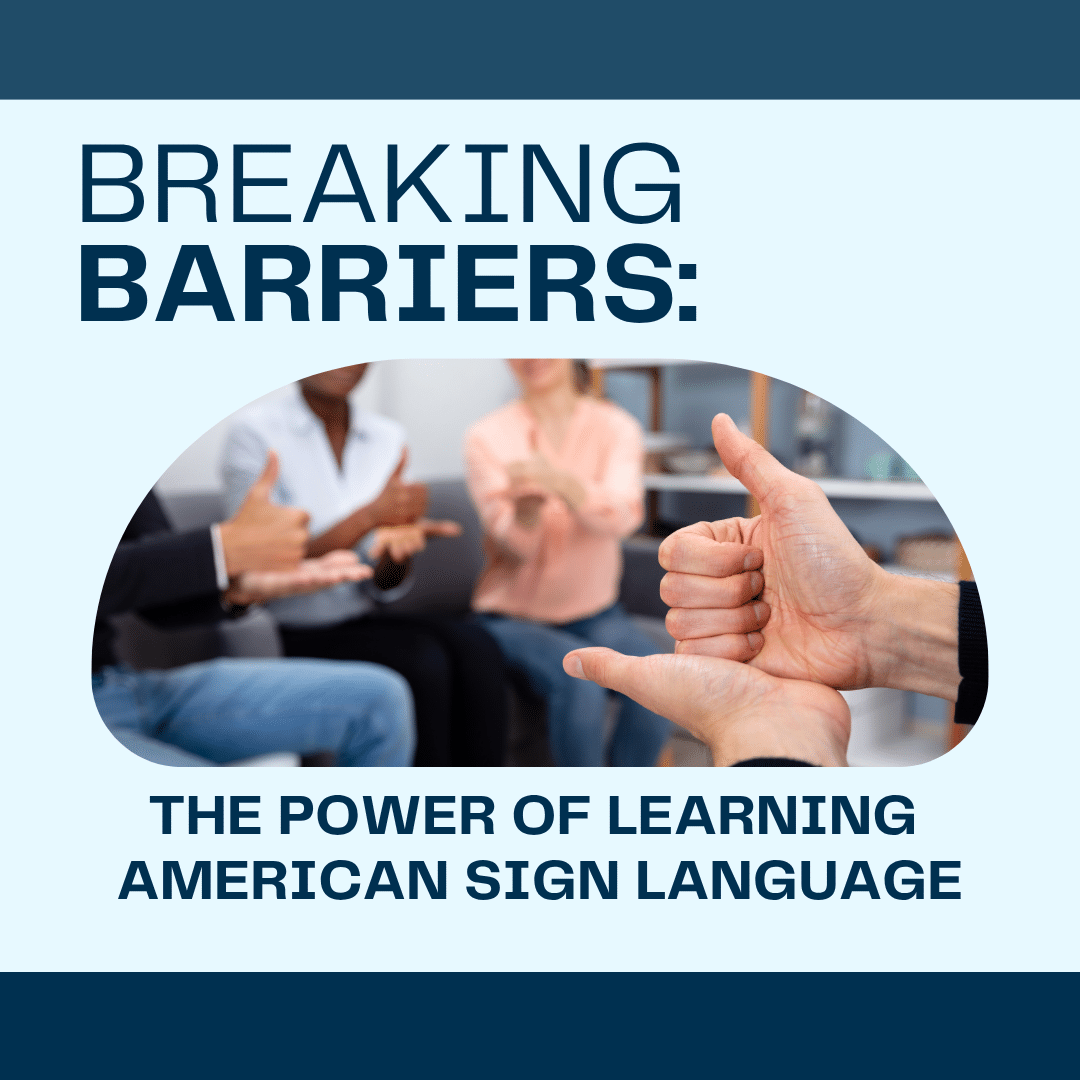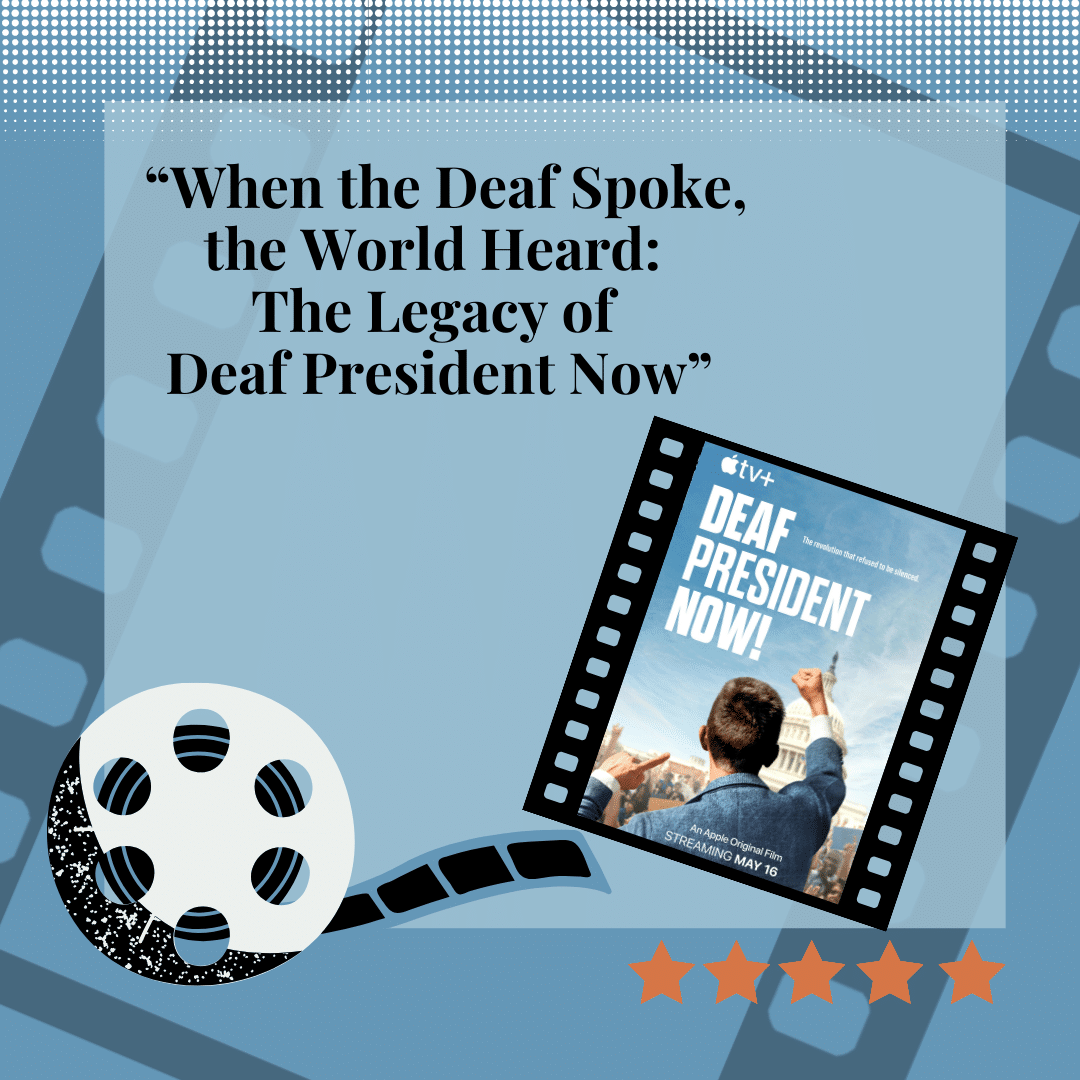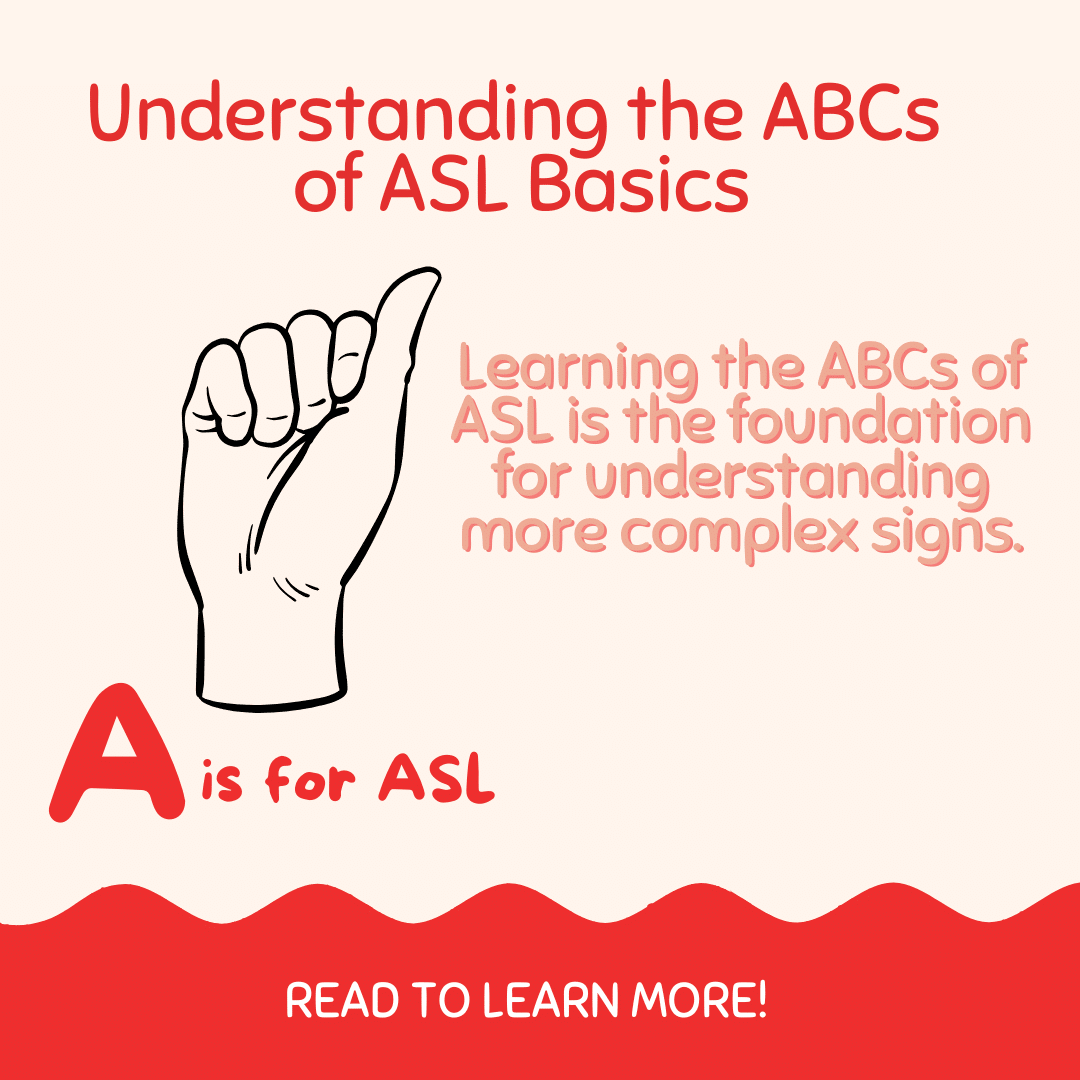
American Sign Language Classes: ASL 2 – Unit 5 Sample
In this unit sample of our American Sign Language classes, you will watch ASL in action in a conversation.
Conversation 2.3
Read this outline, and then watch the conversation in action in the video below. Try to recognize what is being said. Watch the video again until you can follow the conversation without the outline.
A: (get-attention) YOU CAN’T BELIEVE WHAT #JUST HAPPENED!
“You wouldn’t believe what just happened!”
B: HAPPEN WHAT?
“What happened?”
A: KNOW ME OUTSIDE ME OUT WALKING STREET WALK ALL-OF-A-SUDDEN CAR CL:3(2h)”car crash into other car” ME
“I was outside walking next to the street when all of a sudden, I saw a car swerve and crash into another car.”
B: THAT NOTHING ME HAPPEN WALKING NOT SEE CL:G(pole) ME WRONG CL:2(person)“fall forward” CL:B“hit face” FACE AWFUL
“Oh that’s nothing. I was walking when I tripped over a pole lying in the middle of the sidewalk and landed flat on my face.”
A: YOU THAT WHY CL:5(2h)“scratches on face and arms” CAREFUL
“Oh that’s why you have all those scratches! Be careful. “
B: YES THAT OK WILL-WILL
“Yes, that’s right. I will.”
Conversation 2.3 Explained
A: (get-attention) YOU CAN’T BELIEVE WHAT #JUST HAPPENED!
“You wouldn’t believe what just happened!”
Signer A signs this sentence very fast, so some of her signs are not complete. You will see this a lot in the Deaf community, so don’t be afraid to ask a signer to slow down if you need them to.
Signer A also signs the lexicalized fingerspelled sign #JUST which isn’t necessary in ASL – it is more of an “English” sign that you might see. She could have signed this sentence without this sign or using the sign RECENT and not lost any of the meaning.
A: KNOW ME OUTSIDE ME OUT WALKING STREET WALK ALL-OF-A-SUDDEN CAR CL:3(2h)”car crash into other car” ME
“I was outside walking next to the street when all of a sudden, I saw a car swerve and crash into another car.”
In this conversation, Signer A uses classifiers to explain the cars she saw crash into each other. You will learn more about classifiers in this unit.
B: THAT NOTHING ME HAPPEN WALKING NOT SEE CL:G(pole) ME WRONG CL:2(person)“fall forward” CL:B“hit face” FACE AWFUL
“Oh that’s nothing. I was walking when I tripped over a pole lying in the middle of the sidewalk and landed flat on my face.”
In this conversation, the sign Signer B uses for “NOTHING” ((2h)F-handshape) translates into “that’s nothing” or “no big deal”.
Take Our Free ASL 1 Course
This unit is just a sample of our complete course where you can learn American Sign Language quickly and easily. Enroll in our Free ASL 1 Course today!
Start Learning ASL Today!
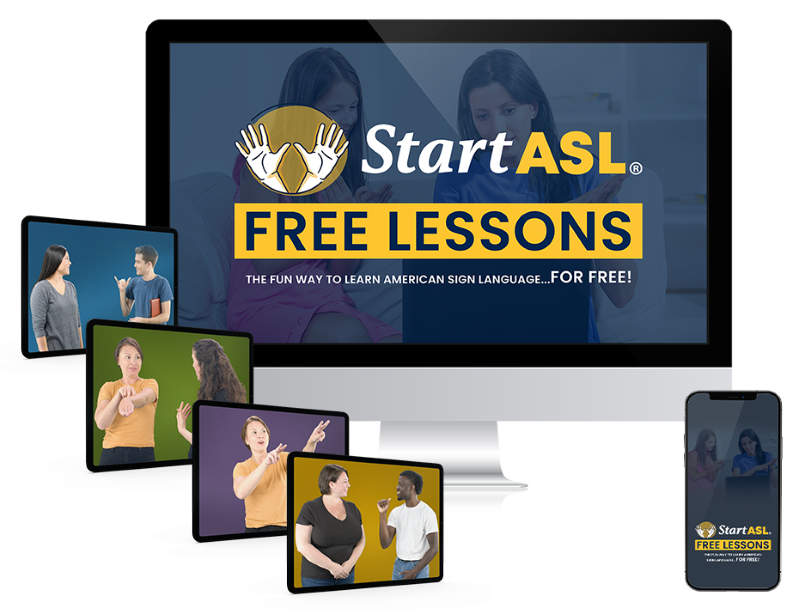 Ready to start learning real American Sign Language and not just basic signs? Do you want to be a part of the vibrant Deaf community? Check out our Free ASL 1 Course or our Complete 4-Level ASL Course options and start learning ASL today!
Ready to start learning real American Sign Language and not just basic signs? Do you want to be a part of the vibrant Deaf community? Check out our Free ASL 1 Course or our Complete 4-Level ASL Course options and start learning ASL today!
